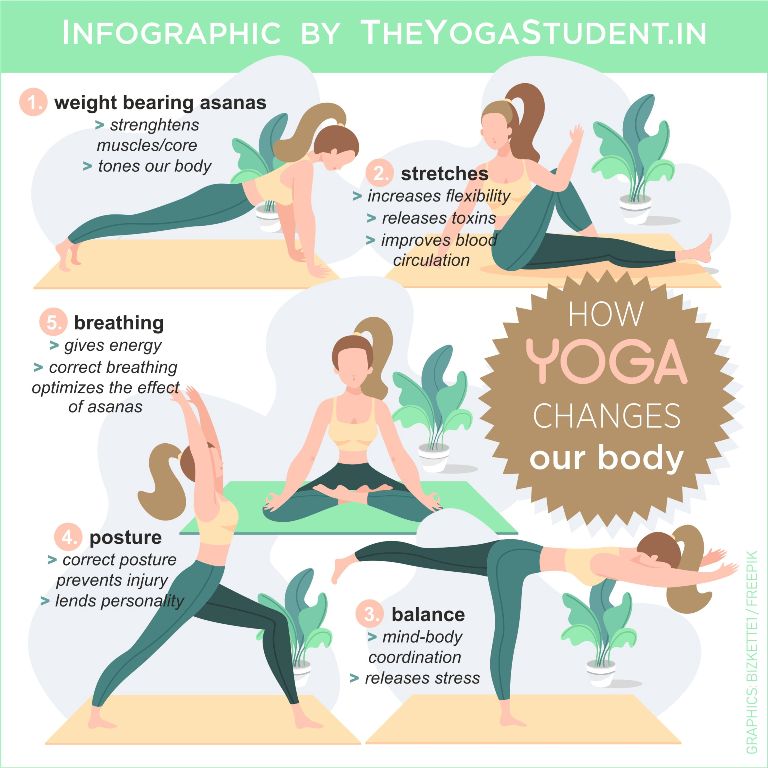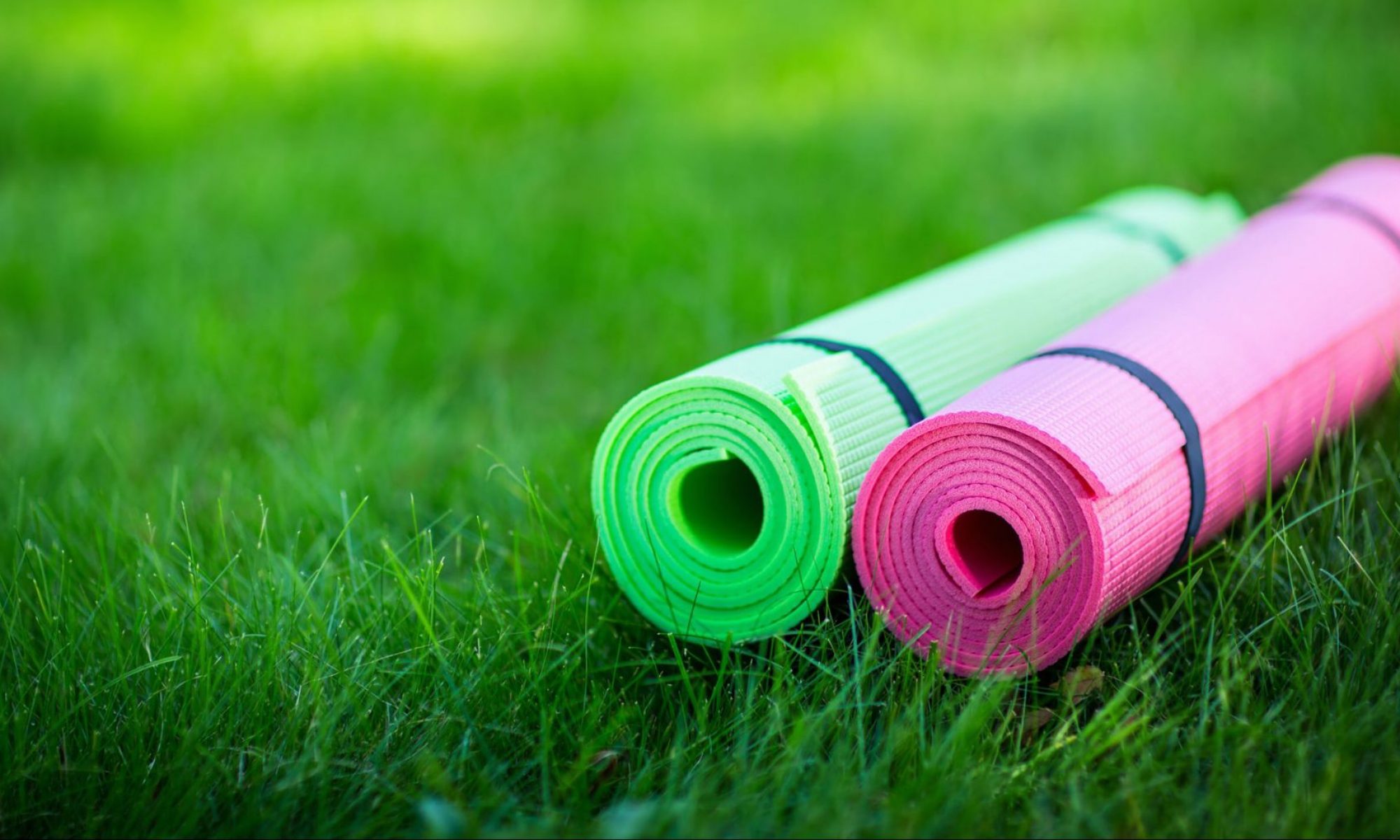A yoga sequence typically involves:
- weight bearing exercises
- stretching with bending and twisting and
- balancing asanas
While performing yoga, being aware of your
- posture and
- breathing
are equally important. Making yoga a habit and fitting it into a daily routine can be challenging for a lazy person like me. So if I am not able to achieve all 5 key points, I start working on them one at a time.
All body-weight bearing yoga exercise are the real workout but on a lazy day I do some stretching only. If I’m not feeling up to that either, I get into a balancing asana. Nothing major like a handstand, just something simple like a tree pose or natraj. If I skip asanas, I focus on my posture. Being aware of how you hold your body through the day makes a big difference. But on some days, I cannot even do this much. I just concentrate on breathing.
Being lazy is one thing, but getting anxious or depressed can send your concentration and breathing for a real toss! On those days I go to sleep because did you know that breathing is optimal when you sleep? It burns calories too, kid you not! And then there are days when I can’t sleep… I can’t do anything… I can’t make sense of anything… Those are the days my friends, when I force myself, literally drag myself to the mat and DO all 5!
When the mind takes over our body negatively, it’s time for our body and our habits to take over our mind positively.
The infographic below sums up how yoga changes our body. When these 5 key points become a habit; laziness, anxiety, stress and depression go out of the window. No negative emotion can grip us, no bad habit can enslave us. With yoga, our body goes through a visible change, a change that is reflected in our entire being. Here’s how:

>> Body weight bearing asanas strengthen our muscles and bones. These are best for weight loss and body sculpting. Try them for 30 minutes daily and notice a visible change. These exercises burn fat, build muscle, give you core strength and physically transform you. Stretching is equally important. Stretches increases our flexibility by lending muscle elasticity. Forward bending, inversion and twisting of torso increase blood circulation and clear toxins. Many balance asanas are also weight bearing exercises as well as stretches. Three-in-one! Balancing improves our nervous system and mind-body coordination. It requires focus and hence helps in freeing one’s mind of negative thinking.
>> Posture awareness is essential to avoid injuries. It helps to know which muscle is working and which part of the body should not be stressed. Watch out for the neck, shoulders, lower back and knees, as these get easily injured. Distinguishing between right pain and wrong pain in each asana will correct our posture. An upright body instantly reflects confidence and positivity, and creates an attractive vibe.
> Lastly, breathing is fuel to our body and can help enhance the effectiveness of an asana. Breathing in oxygenates our cells and gives energy, breathing out burns fat. We always inhale when relaxed; exhale when in an active pose. Example, we inhale at starting position and exhale while bending or twisting or stretching. Weight bearing exercises involve slow equal breathing. Never hold your breath or forget to breathe while exercising for it may harm you instead of doing any good. When you inhale, expand your chest, with rib cage open, stomach out, while exhaling muscles contract, relax your rib cage, stomach goes in.
To conclude, body movement is essential for a healthy vibrant life. Being active and occupied keeps your body in shape and your mind creative. When you plan a yoga sequence, make sure you have full knowledge of the postures based on the 5 key points mentioned above. If you are a beginner, definitely practice with an instructor. You can always connect with me to plan a personalized yoga sequence. Our online yoga sessions are available to suit your timings. Get in touch! Whatsapp +91 9820673466 for more info.

